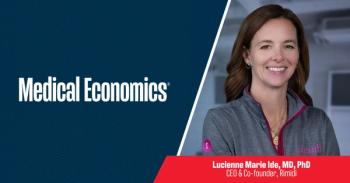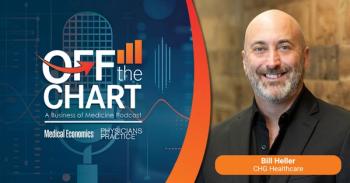
7 ways to prevent healthcare ransomware attacks
These tips can keep your practice safe from ransomware, hackers and other bad actors.
The COVID-19 pandemic has led to a sea change in the realm of remote employment, but that’s opened the door to hackers attempting to take advantage of the situation.
One of these bad actors’ chief tools is ransomware. These kind of attacks have been on the rise over the past few years, and in the last year alone have
These attacks are more than just annoying for the healthcare organizations targeted, they can also have a severe impact on patients.
A
Newsletter
Stay informed and empowered with Medical Economics enewsletter, delivering expert insights, financial strategies, practice management tips and technology trends — tailored for today’s physicians.








